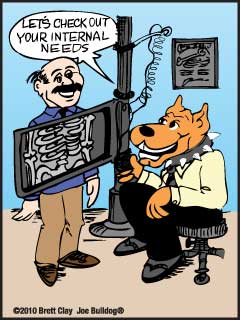Change Leadership — Secret # 13
Understand The Client’s Internal Needs
All progress is based on a universal innate desire on the part of every organism to live beyond its income. —Samuel Butler
What I Need to Know |
The force at the core of everything we do is the force of our own needs and wants.
In his 1943 paper, titled “A Theory of Human Motivation,” Abraham Maslow proposed a framework for explaining what motivates human behavior. Maslow theorized that “man is a perpetually wanting animal,” and that once one need or want is satisfied, another will emerge. Furthermore, Maslow theorized that humans prioritize needs in a specific order or “hierarchy,” whereby basic needs must be satisfied before the higher needs can exist.
Maslow’s Hierarchy of Needs proposes a taxonomy of five classes:
- Self-actualization—the highest need; the need to be the most and happiest you can be
- Esteem—the desire for strength, achievement, recognition, and appreciation
- Love and belonging—the longing for social relationships
- Safety—the desire for safety and stability
- Physiological—the most basic need; the need to maintain bodily functions
While other theories of human motivation have also been proposed, what you really need to know is that people’s internal needs, or motivations, are central to all of their activities and observed behaviors.
What I Need to Do |
Perhaps the most important task in change leadership is discovering the person or organization’s internal needs—what they are ultimately striving to achieve. Try to understand the person or organization’s:
- Status among Maslow’s Hierarchy of Needs
- Motives
- Values
- Moods
- Goals
- Anxieties
- Ideals
All of these factors are “needs” that motivate human behavior. (Note: Don’t confuse the noun “needs” as Maslow uses it, with the verb “to need” discussed in Secret # 4.) The better you understand how your customer is motivated and what he is trying to achieve, the better you will be able to help him achieve it.
Action Summary |
|
 |



Social